Stage position memory allows you to save and return to exact microscope locations across multiple imaging sessions. For repeatable lab images, you’ll need precision encoders with thermal stability below 0.1μm/°C, regular calibration routines, and software that stores XYZ coordinates. Implement automated calibration checks and maintain your optical components for consistent results. With proper setup, you can capture and stitch large image grids quickly while maintaining position accuracy within ±1μm. The following sections reveal essential implementation techniques.
Numeric List of 6 Second-Level Headings

When implementing stage position memory in microscopy, you’ll need to understand these six essential components that guarantee repeatable sample positioning:
- Stage Calibration Parameters
- Coordinate System Definition
- Position Data Storage
- Hard Drive Backup Protocol
- Memory Recall Precision
- Error Compensation Methods
Each component directly impacts your ability to create a reliable copy of the physical setup for consistent imaging.
Your stage’s retention times will determine how long position data remains accurate before recalibration becomes necessary. Modern systems store precise XYZ coordinates that enable you to return to exact sample locations across multiple sessions, which is vital for comparative studies.
Stage position memory requires regular recalibration to maintain accuracy for reliable return to exact sample locations in longitudinal studies.
When properly configured, these elements work together to minimize positioning errors and guarantee the reproducibility of your microscopy data, regardless of how many times you revisit a sample.
Understanding Stage Position Memory Technology
Although often overlooked in microscopy discussions, stage position memory technology forms the cornerstone of reproducible imaging protocols. When you determine whether to implement this system, consider how it stores precise mechanical stage coordinates, allowing you to return to exact imaging locations across multiple experiments without manual recalibration.
| Feature | Benefit | Application |
|---|---|---|
| Position Storage | Eliminates manual repositioning | High-throughput screening |
| Overlap Management | < ±3% error tolerance | Accurate image stitching |
| Mechanical Modeling | Compensates for stage uncertainties | Enhanced mosaic quality |
You’ll find this technology particularly valuable for MIST applications, where precise positioning optimizes translation computations. Unlike anything else in microscopy, stage position memory guarantees consistent statistical analysis by maintaining repeatable grid patterns—crucial when comparing experimental results over time.
Hardware Requirements for Accurate Position Capture
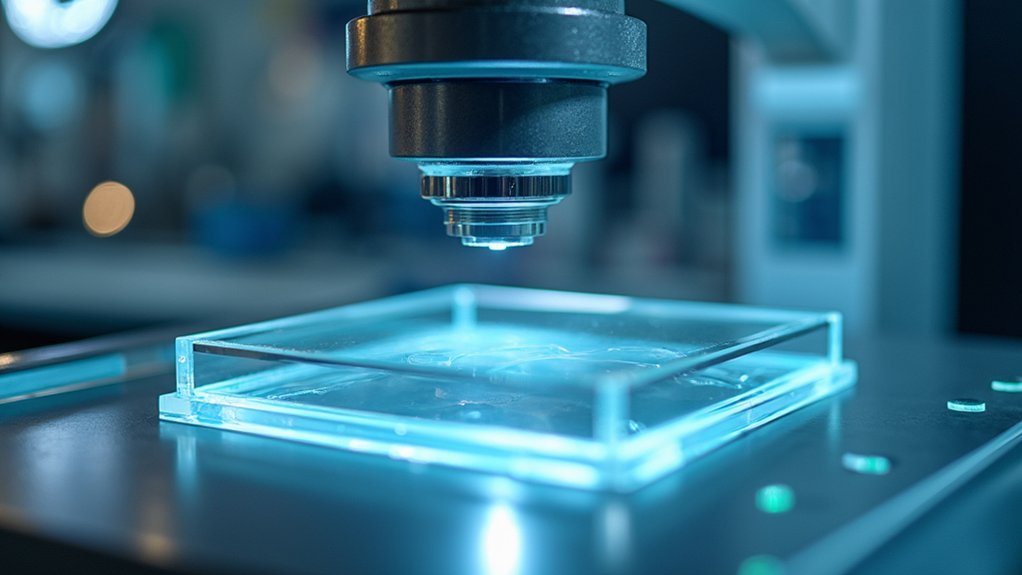
To achieve reliable stage position memory, you’ll need encoders with thermal stability below 0.1μm/°C and vibration resistance to maintain accuracy during imaging sessions.
Your calibration routine should include measuring positional hysteresis at multiple locations across the stage travel range, verifying repeatability within ±1μm over 100 consecutive movements.
Regular verification of encoder outputs against physical reference markers will guarantee your system maintains absolute position accuracy even after power cycles or system resets.
Encoder Stability Factors
Since precise stage positioning forms the backbone of reliable microscopy imaging, encoder stability represents a critical hardware requirement for accurate position capture.
You’ll need high-precision optical or magnetic encoders to maintain positional repeatability within ±3% overlap for successful image stitching.
Don’t overlook environmental conditions when enhancing encoder performance. Temperature fluctuations and vibrations can greatly degrade positional accuracy, so you’ll want to verify stable laboratory conditions.
Regular calibration of your mechanical stage is essential to compensate for inevitable wear and maintain consistent positioning data.
For peak performance, pair your stable encoder system with a multicore hybrid CPU/GPU setup. This combination allows you to process high-resolution images rapidly while maintaining the precise positional data necessary for repeatable microscopy results.
Calibration Best Practices
Building on encoder stability, proper calibration protocols greatly impact your imaging accuracy.
You’ll need to calibrate your mechanical stage regularly to guarantee position variations remain within acceptable limits, as deviations exceeding ±3% in tile overlap can introduce significant stitching errors.
Implement automated calibration routines to streamline your imaging setup process. These routines verify your stage’s positional accuracy before each critical imaging session, saving time while maintaining quality.
Don’t neglect regular maintenance of your optical components and stage mechanisms—this preserves alignment integrity during repeated captures.
For best results, equip your system with precision encoders that enhance positional repeatability across large fields of view.
This hardware investment pays dividends through consistent image quality and simplified post-processing when capturing multiple-field images.
Calibration Techniques for Optimal Repeatability
When working with advanced microscopy systems, precise calibration of the mechanical stage represents the foundation of reliable imaging workflows.
You’ll need to perform regular calibration checks to minimize mechanical uncertainties that affect tile overlaps and complicate stitching processes.
To achieve optimal repeatability, install high-precision encoders that enhance stage position accuracy, creating reproducible grid patterns essential for automation.
Implement systematic protocols where you adjust stage parameters based on collected data—this greatly improves image quality while reducing stitching errors.
Don’t underestimate the value of continuous monitoring.
By tracking your stage’s performance and making adjustments when discrepancies appear, you’ll secure more reliable image acquisition.
This proactive approach guarantees that your microscopy system maintains position memory across multiple sessions, delivering consistent results for your research.
Software Integration With Microscopy Imaging Systems
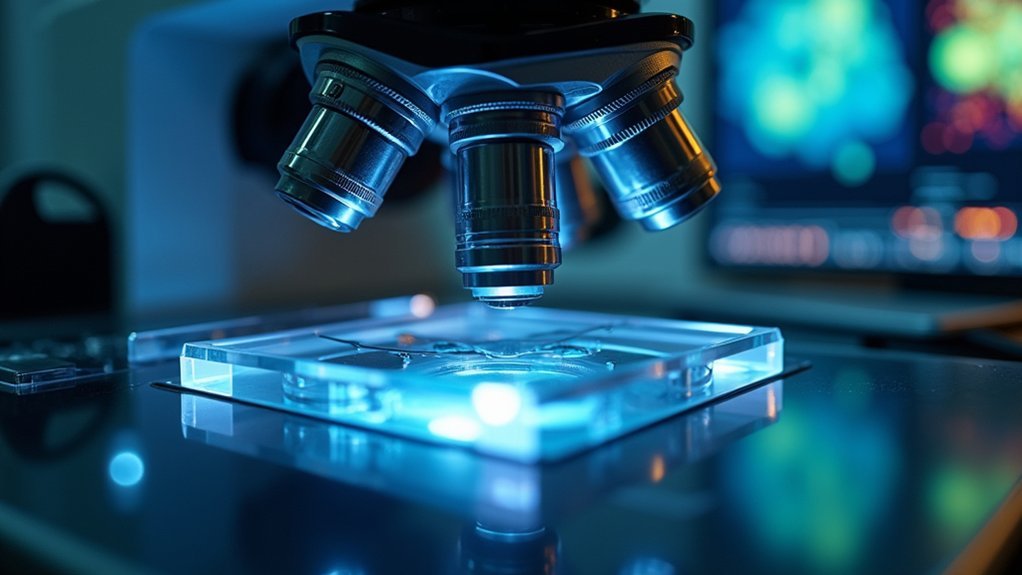
Software integration with microscopy imaging systems requires compatible API protocols that can directly communicate with your stage position memory functions.
You’ll need workflow automation tools that leverage these APIs to create reproducible imaging sequences across multiple experiments, particularly when working with MIST for stitching complex image grids.
Effective data management solutions must track both the raw images and associated positioning metadata to maintain spatial relationships critical for accurate image reconstruction.
API Protocol Compatibility
Nearly all modern microscopy systems rely on robust API protocols to secure seamless integration between software platforms and hardware components. When your stage position memory functionality works with standardized APIs, you’ll experience faster image acquisition and smoother workflow automation.
| API Feature | Benefit to Stage Position Memory |
|---|---|
| Device Communication | Enables consistent position data exchange across platforms |
| Automation Support | Facilitates automatic return to saved positions |
| Custom Extensions | Allows development of position-specific plugins |
| Real-time Adjustments | Supports position corrections based on live imaging |
| Cross-platform Compatibility | Guarantees position data works across different microscopes |
Workflow Automation Tools
Modern workflow automation tools have revolutionized microscopy imaging by seamlessly integrating with stage position memory systems. These tools eliminate variability by ensuring repeatable stage positions while capturing your microscopy images.
You’ll save significant time through automated multi-image acquisition in grid patterns. When processing large datasets, the system manages mechanical stage movements with precise overlap—a critical factor for accurate stitching.
The integration with specialized software like MIST enables precise image stitching through automated translations and optimization techniques.
For extensive imaging projects, multicore CPU/GPU implementations dramatically boost efficiency. You can capture and stitch massive image grids (up to 55×55) in under a minute.
This computational power, combined with reliable stage position memory, creates a streamlined workflow that delivers consistent, high-quality microscopy results with minimal manual intervention.
Data Management Solutions
Integrating data management solutions with your microscopy imaging system creates a powerful foundation for experimental consistency. When you implement software tools like MIST, you’ll enable high-throughput imaging with efficient stitching of large image grids, dramatically reducing processing time.
Your system’s effectiveness depends on mechanical stages with repeatable grid patterns that guarantee precise translations and reliable stitch accuracy. Look for software that offers global optimization and multicore processing capabilities to handle vast imaging datasets efficiently.
Don’t overlook the value of preprocessing features such as noise reduction filters, which improve stitched image quality and enhance downstream analysis.
These integrated solutions automate positioning while maintaining accuracy, giving you consistent results across experiments and maximizing your lab’s productivity.
Practical Applications in Multi-Sample Analysis
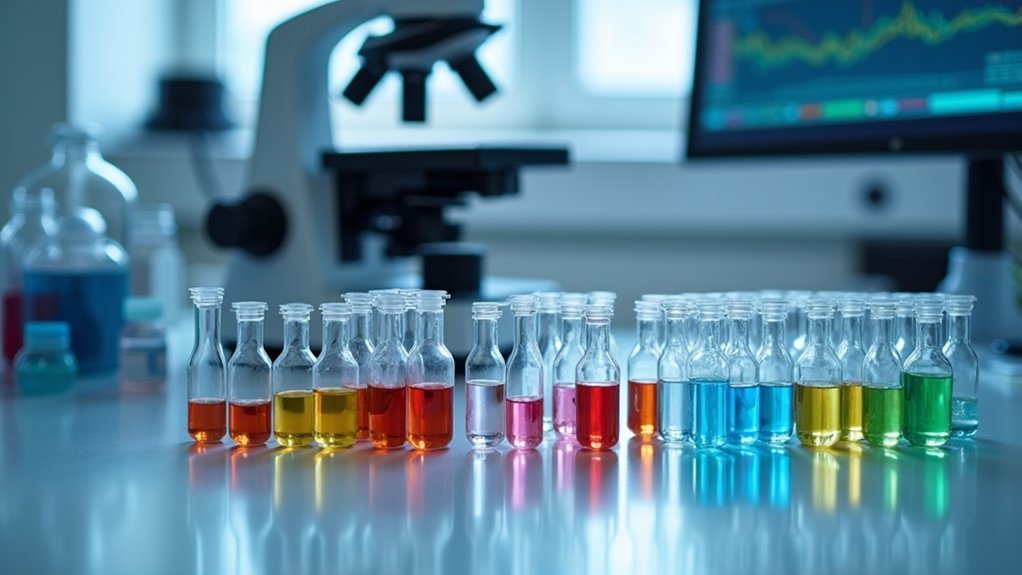
When researchers tackle large-scale imaging projects involving multiple specimens, stage position memory becomes an invaluable tool that transforms their workflow efficiency.
You’ll find it essential for statistical sampling, where mechanical stages with grid patterns enable systematic coverage of your specimens.
For multi-sample analysis, you can achieve more reliable results by minimizing overlap errors to under ±3%, ensuring accurate image stitching.
MIST algorithms greatly enhance processing speeds, allowing you to analyze extensive grids of up to 55×55 images in under a minute.
If you’re working with noisy images, consider applying Gaussian filters before stitching. This preprocessing technique significantly improves stitching accuracy, delivering clearer composite images.
These capabilities are particularly valuable when you’re searching for rare events across numerous samples or conducting comparative analyses.
Frequently Asked Questions
How Long Can Stage Position Memory Data Be Reliably Stored?
You can reliably store stage position memory data indefinitely as long as your equipment maintains power and calibration. However, it’s best to verify positions periodically if you’re storing them for extended research projects.
Can Stage Position Memory Systems Work Across Different Hardware Vendors?
No, you can’t typically use stage position memory across different hardware vendors. Each manufacturer uses proprietary systems that aren’t compatible with competitors’ equipment, requiring vendor-specific software to store and recall positions.
What Error Rates Are Acceptable in Forensic Memory Capture?
For forensic memory capture, you’ll want near-zero error rates – typically less than 0.1%. Any higher may compromise evidence integrity and could potentially invalidate your findings in court proceedings.
How Does Temperature Affect Stage Position Memory Accuracy?
Temperature affects your stage position memory accuracy through thermal expansion—higher temperatures expand mechanical components causing drift. You’ll see errors of 1-3 microns per degree Celsius change in precision microscopy systems.
Are Cloud-Based Solutions Available for Managing Position Memory Datasets?
Yes, you’ll find several cloud platforms that integrate with microscopy systems to store, sync, and share your position memory datasets across multiple devices, enabling remote access and collaborative analysis of your imaging locations.
In Summary
You’ll find stage position memory transforms your laboratory workflow by enabling precise return to previously imaged locations. By implementing the hardware requirements, calibration techniques, and software integration we’ve discussed, you’ll capture perfectly repeatable images across multiple sessions. Whether you’re tracking cell cultures or comparing specimens, this technology will save you time and dramatically improve your research consistency. It’s an investment that quickly pays for itself in scientific reliability.
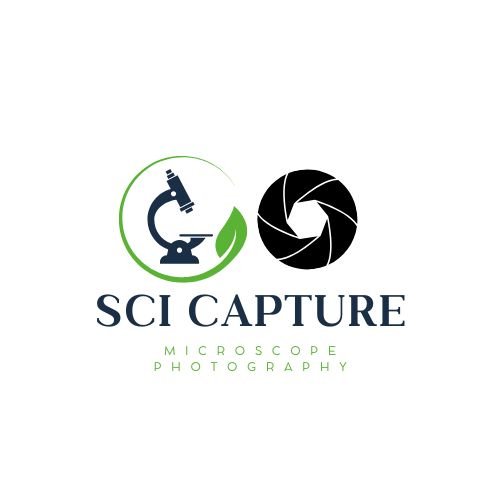

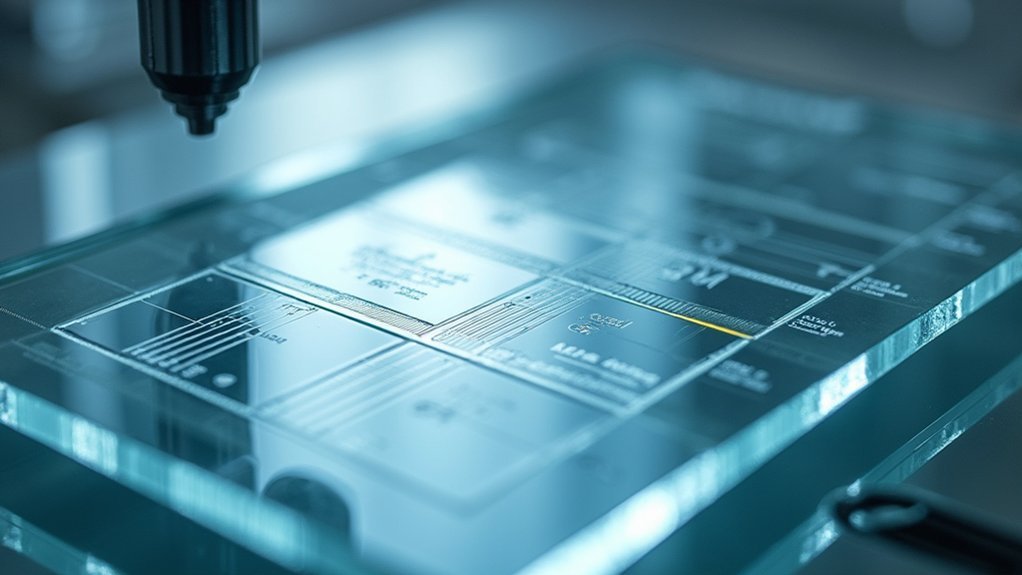
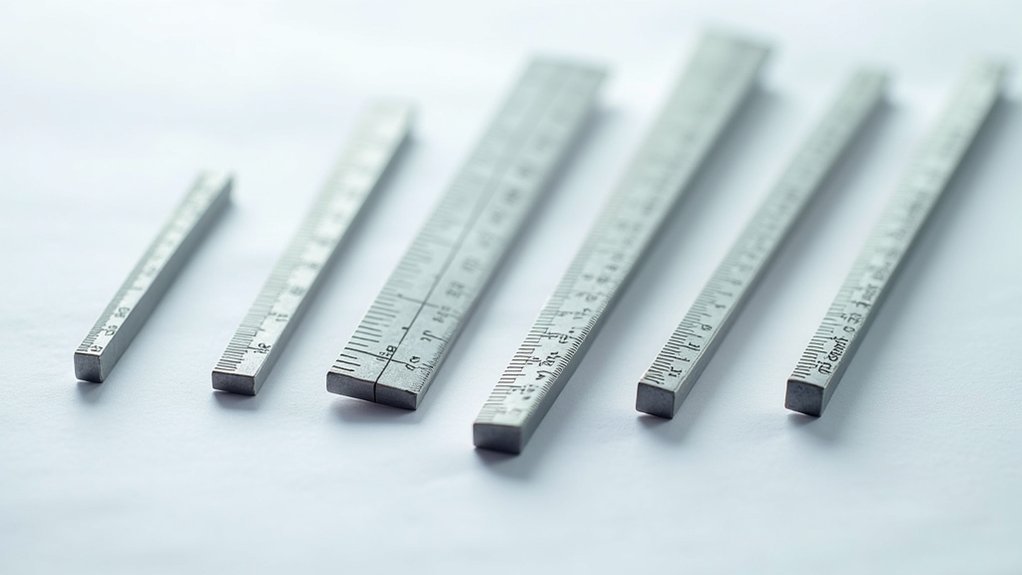
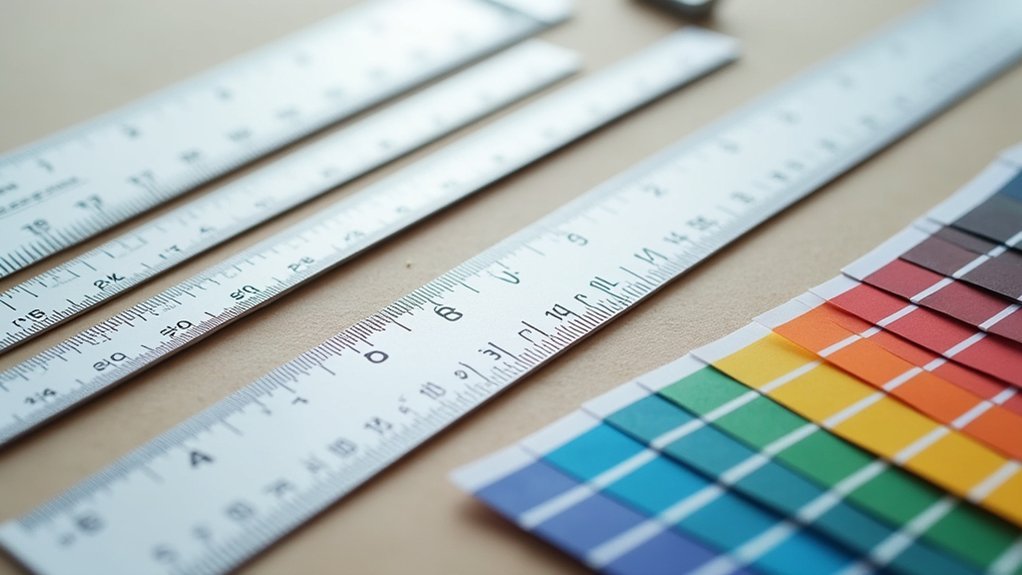
Leave a Reply